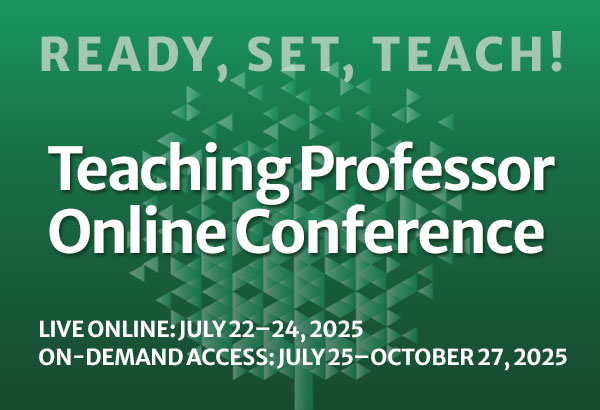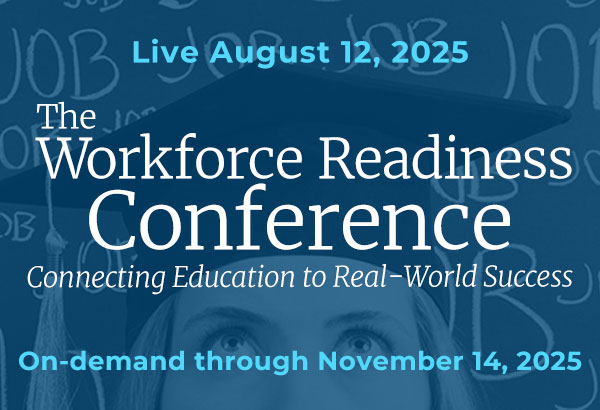
Disrupting Illusions of Fluency
No matter the academic discipline, course level, or time of day, the last five minutes of class often present instructors with a challenge and an opportunity. The challenge is maintaining students’ interest. Disrupting “illusions of fluency” is the opportunity. The term refers to misjudging the depth of what one knows (Carey 2015). Further, it describes the belief that a mastery over something has been achieved, when actually it has not (Lang 2016). The final class minutes can be best spent constructively assessing levels of student learning and understanding of course material.












